Face masks - what you must pay attention to
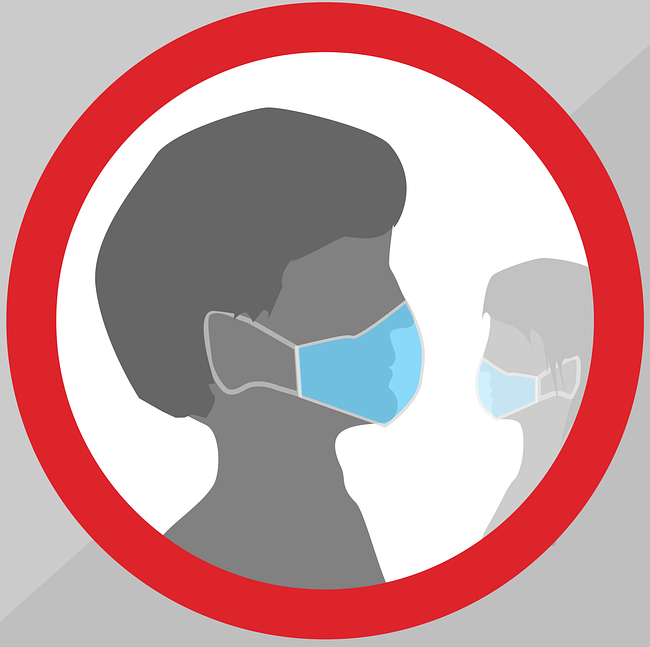 Not all masks are the same. Thanks to Corona, the subject of face protection has become more important than ever before. Suddenly the whole nation is concerned with the topic of respirators, which has been forced by the recently introduced compulsory use of masks. But what are the differences in protective masks and what should users look out for when buying a respirator? This and more can be found in the following report.
Not all masks are the same. Thanks to Corona, the subject of face protection has become more important than ever before. Suddenly the whole nation is concerned with the topic of respirators, which has been forced by the recently introduced compulsory use of masks. But what are the differences in protective masks and what should users look out for when buying a respirator? This and more can be found in the following report.
The differences in respirators are enormous. There are surgical respirators (mouth-nose protection), fine dust masks and masks made of fabric. According to experts and studies, the protection provided by simple surgical masks cannot sufficiently protect the wearer himself from infection, but can largely protect his surroundings at a distance of approx. 2 metres or more. With self-sewn fabric masks or a scarf, infection is even higher in both directions, but naturally still less than without any protection. An absolute protection against infection - also against viruses - is provided by FFP3 (not FFP2) masks. But there are differences here too! FFP3 masks with and without exhalation valve: In masks with a valve only the wearer is protected and not the surrounding area. This means that these masks must basically not be used during the mandatory mask period, as you can still infect other people. FFP3 masks without a valve are legitimate. They protect both the wearer and the environment. However, these types of masks cannot be worn for long periods of time because the oxygen in such a mask is very low and you inhale a lot of carbon dioxide again. Even with surgical masks or dense fabrics, many wearers experience the problem after a certain time. The following diagram shows the differences between the different masks.
FFP stands for Filtering Face Piece and is classified in a total of 3 categories; FFP1, FFP2 and FFP3 and only half masks with the DIN standard DIN EN 149:2001 + A1 2009 protect against particles. Below is a short list of the individual filtering performances:
FFP1 has a filter performance of at least 80% - no protection against bacteria and viruses
FFP2 has a filter performance of at least 94% - no protection against bacteria and viruses
FFP3 has a filter performance of at least 99% - Protects against bacteria and viruses
There are also various markings in the form of letters. The "D" marking on disposable respirators stands, for example, for the fulfilment of an additional requirement from the DIN EN 149 standard, the dolomite dust test. This tests whether the mask still achieves good breathing resistance after being loaded with dolomite dust. The "D" marking is thus a quality feature for the filter material used and ensures that a mask can be worn for a long period of time even when exposed to high dust concentrations.

The "R" mark on a disposable respirator stands for reusable in accordance with the DIN EN 149 standard, which tests the cleanability of the masks so that they can be reused in a second shift. If the mask is cleanable, it is marked with the "R" mark. If not, the mask is marked "NR" (non reusable). R D markings are therefore a very good quality feature!
FFP1 and FFP2 masks are mainly used for commercial or private purposes, for example when working with harmful substances such as woodworking, construction work, welding, metalworking, waste disposal work or agriculture. The pollutants are mostly fine particles such as wood dust, paint particles, other dust and fibres. Exclusively FFP3 masks are used in the medical sector with regard to bacteria, viruses, infections and legionella, as they are the only masks that provide 99% protection against these!
When buying a FFP3 mask, special care is always required, especially in times of corona or other crises that cause bottlenecks! Unfortunately, even in such times there are always people who want to take advantage of the emergency and earn money with it. Sometimes useless masks are cheaply produced in China and declared with FFP3 and sometimes sold at extremely high prices. The following Rapex message: Attention - authorities warn against unsafe respirators. The Rapex, (Rapid Exchange of Information) System is a rapid alert system of the EU for consumer protection.
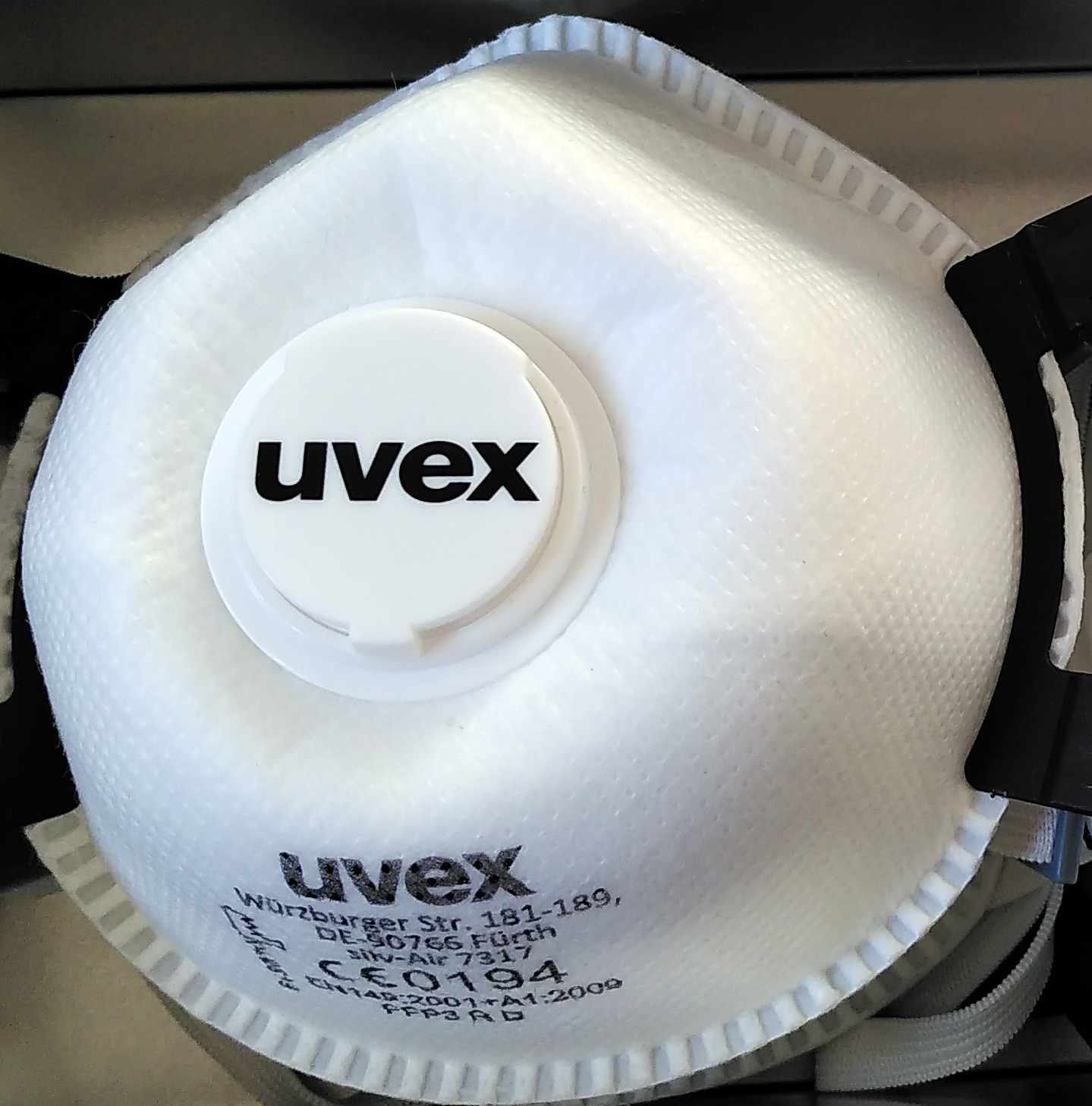
In addition to observing the DIN standards, attention should therefore also be paid to the manufacturer. The better known the brand, the higher the probability that it is also a correct respirator, provided it is not a counterfeit. The German manufacturer UVEX, for example, is a well-known and trustworthy brand when it comes to occupational safety and face protection. All UVEX breathing masks comply with applicable DIN standards and are tested. On the manufacturer's website there are many different respirators to choose from. Whether folding mask or moulded mask, whether with nose clip or metal-free, whether disposable or reusable, with cooling effect or odour filtering: from FFP1 to FFP3 masks, UVEX offers exactly the right respirator for every application. Of course, UVEX is not the only trustworthy manufacturer of face protection masks. Before buying, simply check the country of manufacture and the imprint of the manufacturer provided by the seller.
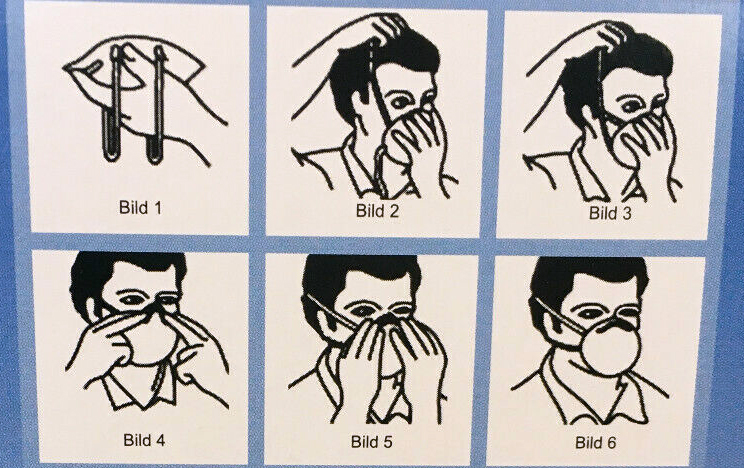
To ensure that the face protection mask can fulfil its function 100 percent, it is very important to ensure that it is worn correctly - if necessary, also in combination with suitable safety goggles. Face masks must fit snugly, cover the mouth and nose and must not have any air holes. This fitting is easy to handle e.g. with UVEX respirators and other quality respirators and thanks to the exhalation valve such a mask can be worn for a slightly longer period of time. Without the valve, the situation is somewhat different. Here, the air becomes a little tight after only a few minutes because the oxygen supply is reduced. In the long run this happens with all types of masks. In addition, when breathing under respirator masks, carbon dioxide (CO2) may be rebreathed in the long term and germs may form due to moisture. FFP masks can also cause people with respiratory diseases to tire while breathing. People with asthma, COPD or other respiratory diseases in particular then run the risk of losing their ability to breathe and breathing out less carbon dioxide. Therefore, these people should only ever wear tight masks after consulting a doctor. If respiratory masks or substances are worn for long periods of time and frequently, lung problems can also occur in healthy people due to the higher humidity.
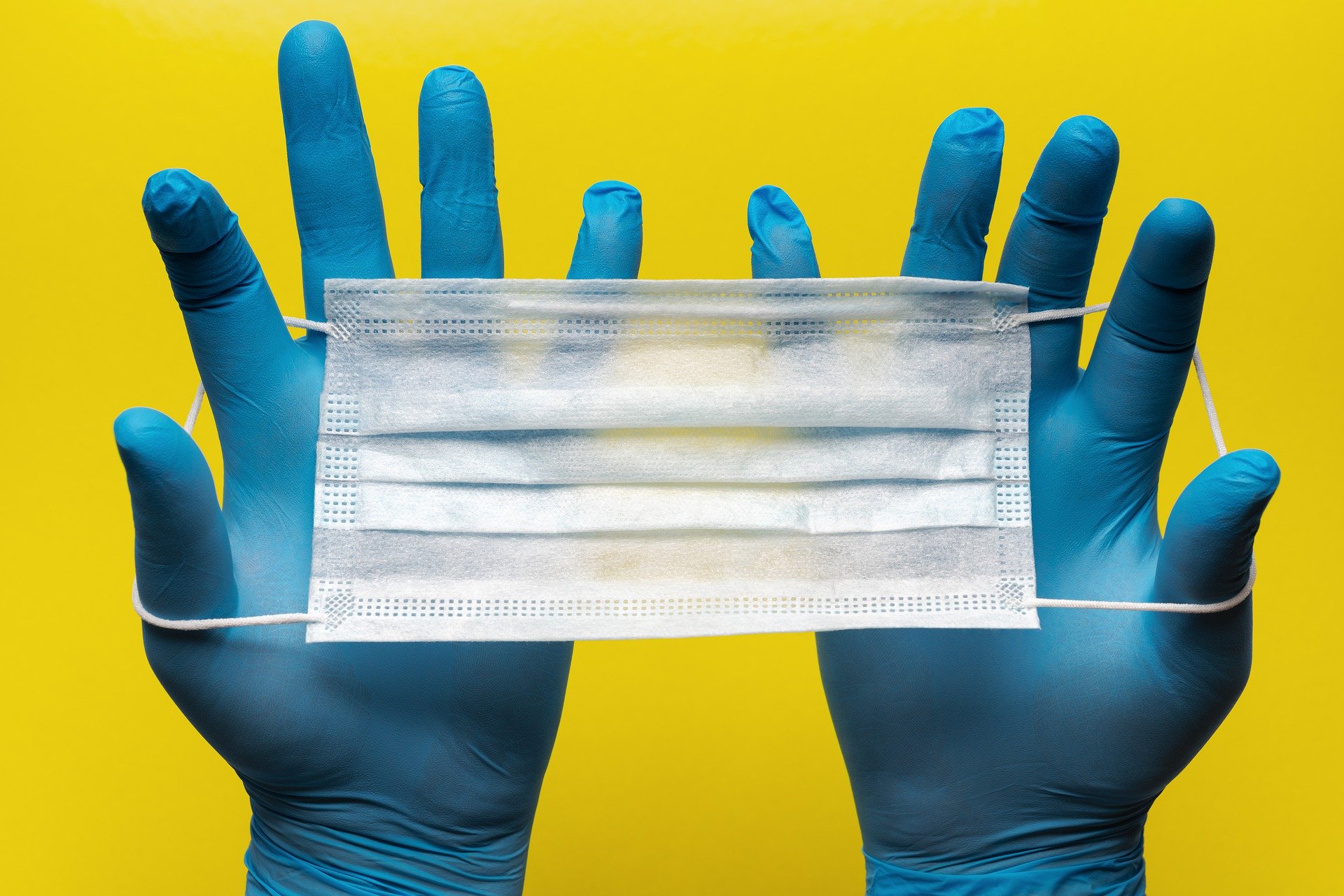
Fabric masks and surgical masks, if used only to protect against infection, can also be used several times if disinfection is carried out after wearing. This can be done in the form of an oven preheated to approx. 70° Celsius. Here these masks can be disinfected within 30 minutes. Warning: If the masks contain a piece of wire or metal parts, under no circumstances should you put them in the microwave. Lightning or sparking could be the result. Even sewn mouthguards or scarves can also be washed in the washing machine and heated to 60° Celsius. However, the ECO program should be switched off, otherwise such high temperatures are usually not reached. After washing, users can dry or iron their mouthguards or self-sewn masks or scarves in the dryer. An iron reaches very high temperatures and therefore also kills viruses. FFP3 masks must not be disinfected by oven, washing or ironing. Finally, another tip: If you want to be on the safe side and are not a spectacle wearer, wear protective goggles or sunglasses on public transport or in shops, because you can also get infected via your eyes. Here, a short rub with unwashed or not disinfected fingers or a sneeze or cough is already enough.
Conclusion: Only FFP3 respirators offer 99% protection against corona! Only masks like these also protect against bacteria and viruses and, without a valve, are even useful for the wearer and the environment at the same time. However, these types of protective masks are mainly intended for the medical sector and are primarily intended to protect hospital staff from infection, for example in intensive care or quarantine wards. However, if you leave the hospital with a surgical mouth-nose protection and glasses, you are still better protected than without any protection at all. Above all, everyone protects his or her surroundings, which is to the benefit of everyone in the crowd. Those who have nothing but a self-sewn mask, a scarf or a shawl will of course help themselves and others more than without everything, but fabrics do not promise much effect in either direction.

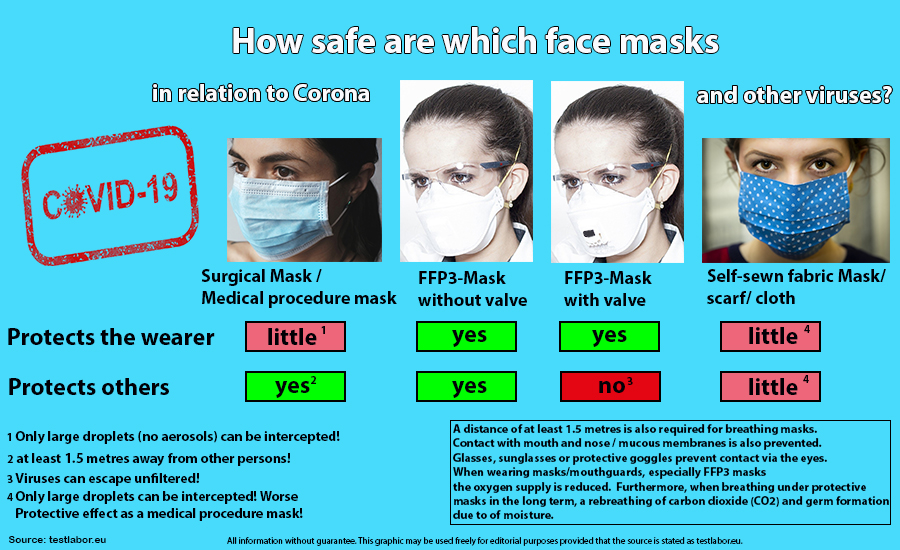
Weiterlesen...